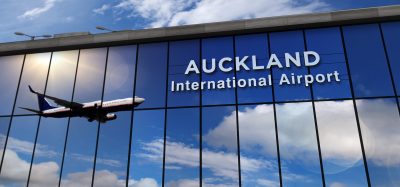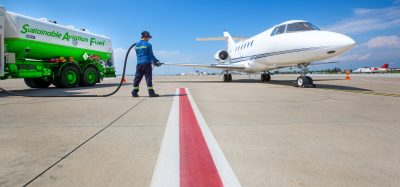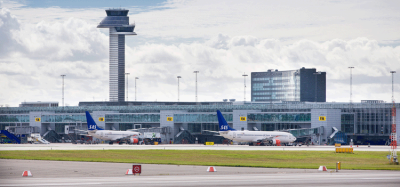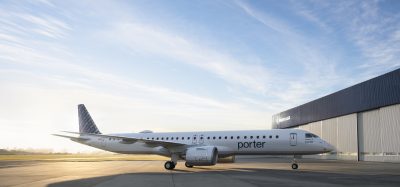Finavia publishes new sustainability plan for net zero by 2025
- Like
- Digg
- Del
- Tumblr
- VKontakte
- Buffer
- Love This
- Odnoklassniki
- Meneame
- Blogger
- Amazon
- Yahoo Mail
- Gmail
- AOL
- Newsvine
- HackerNews
- Evernote
- MySpace
- Mail.ru
- Viadeo
- Line
- Comments
- Yummly
- SMS
- Viber
- Telegram
- Subscribe
- Skype
- Facebook Messenger
- Kakao
- LiveJournal
- Yammer
- Edgar
- Fintel
- Mix
- Instapaper
- Copy Link
Posted: 12 January 2023 | Sarah Wills (International Airport Review) | No comments yet
The ‘Towards sustainable air travel’ programme sees the company reducing its carbon emissions as low as is technologically and financially feasible across all of its airports.
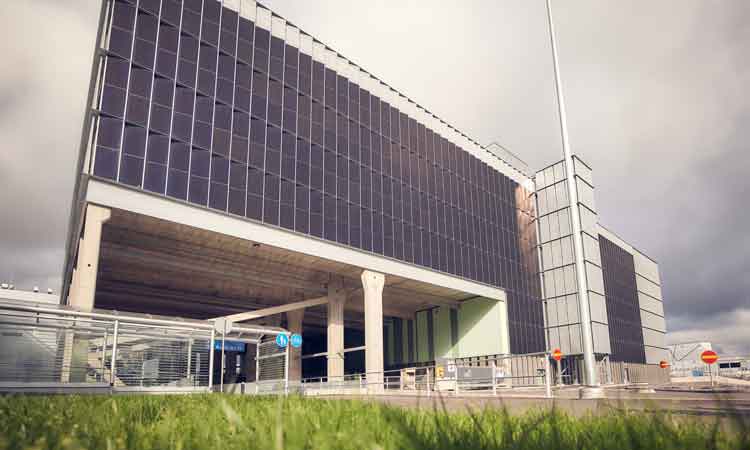

Finavia has published its new responsibility programme, ‘Towards sustainable air travel’.
The programme aims to reduce the carbon emissions of its airports to net zero by the end of 2025.
Finavia plans to reach net zero level as early as next year at four airports in Lapland: Rovaniemi, Kittilä, Ivalo and Kuusamo. In 2025, Helsinki Airport will follow.
Finavia has already been using 100% wind and solar energy for all of its electricity needs for several years now. In addition, airport maintenance vehicles are filled up with renewable diesel made from waste and leftovers.
Finavia’s operations at all of its airports have been carbon neutral since 2019. The ‘Towards sustainable air travel’ programme sees the company reducing its carbon emissions as low as is technologically and financially feasible.
“In order to reach net zero, we are moving to the use of renewable motor fuel oil in our machinery,” explained Mikko Viinikainen, Finavia’s Vice President, Sustainability & Environment.
“Currently, about half of our airports are heated using renewable energy, but the plan is to only use renewable energy for heating.”
In order to neutralise the remaining carbon emissions, Finavia is participating in projects that capture carbon dioxide from the atmosphere. These include projects such as growing forest in areas where there is none. Finavia’s projects meet the criteria of the international Airport Carbon Accreditation (ACA) programme.
Finavia’s new responsibility programme guides decision-making and the activities of both management and personnel. It is based on the three pillars of human well-being, sustainable air traffic and good governance and fiscal responsibility.
“We aim to promote the social, financial and environmental responsibility of our business operations. In addition, we want to be involved in boosting the responsibility of the entire air traffic value chain,” added Mikko.
Related topics
Related airports
Helsinki Airport (HEL), Ivalo Airport (IVL), Kittilä Airport (KTT), Kuusamo Airport (KAO), Rovaniemi Airport (RVN)




